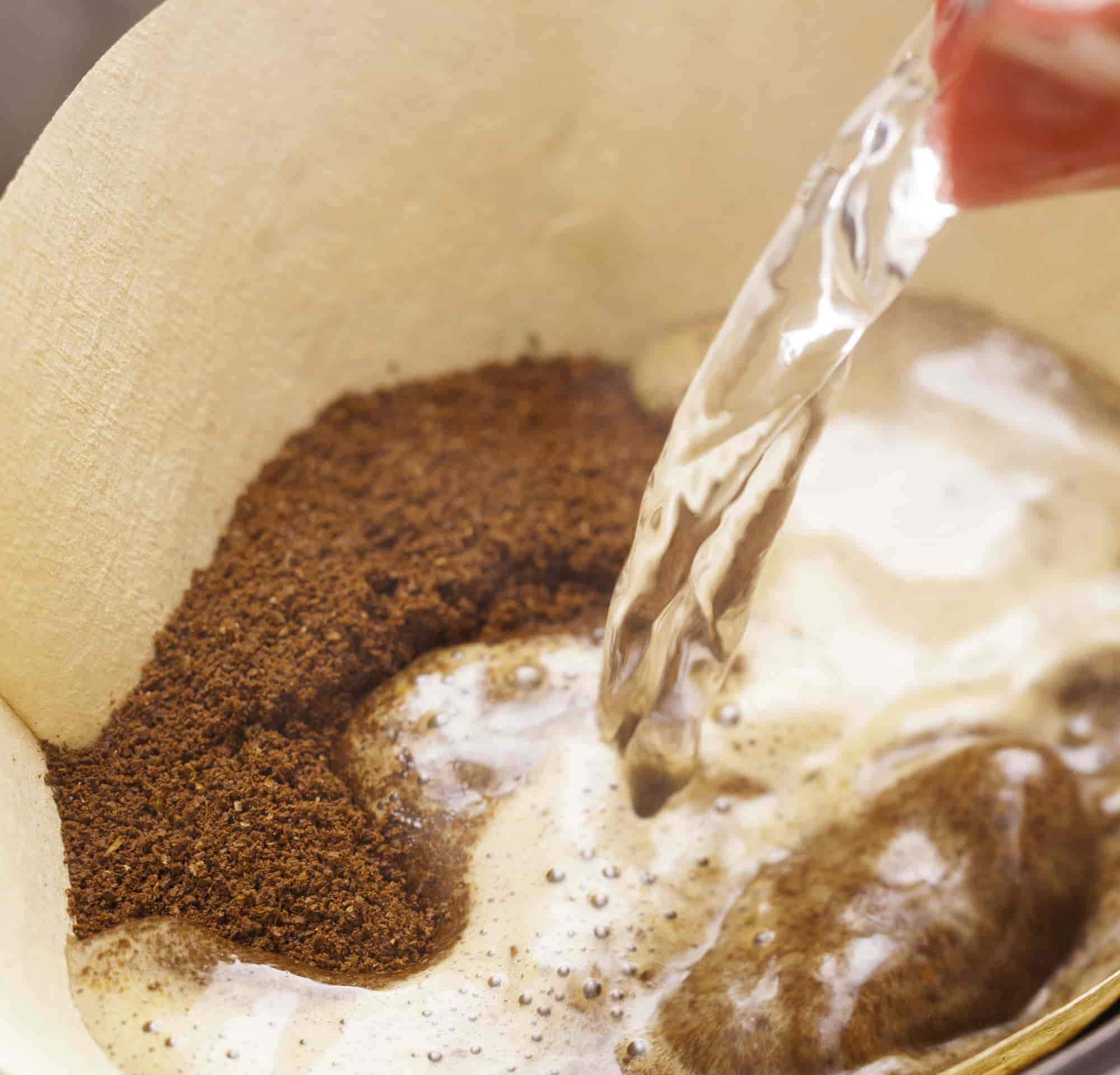Single-origin coffee is in. Sourcing coffees from one location, whether a country, region farm or lot, is a relatively new, but strong trend. At Driftaway Coffee, we’re both grateful for and shaped by this coffee-drinking trend of the past decade or so, because we wouldn’t be in business if people didn’t start seeking out single-origin coffees. The single-origin coffee trend is doing more than giving rise to new businesses like ours, though. It’s changing the way roasters throughout the industry roast coffee.
Single-Origin Coffee Is a Recent Trend
As a significant trend in the industry, the single-origin movement is relatively new. It wasn’t until the past few year that the infrastructure was in place to promote single-origin coffees. A number of factors have contributed to this trend, and without each of them it would not have happened.
Starbucks is largely responsible for launching the current coffee culture of the U.S., and it might be credited with introducing single-origin coffees. While no single farm can produce enough coffee for all of the chain’s cafes, it has several country- and region-specific selections, which are single-origin coffees in the broadest sense of the term. For many people in the U.S., this was their first introduction to something other than the “house” blend.
In creating a coffee culture, Starbucks created an environment in which independent coffee shops and roasters could grow a business. Independent establishments don’t need the volume of coffee that national and international chains require, so they were able to take the single-origin coffee trend to its next stage. At small roasters and coffee shops, single-origin coffees usually come from specific regions, farms or even lots. While a country may technically be a single origin, people usually have a more specific locale in mind when they use the term now. That shift in focus can be attributed to small coffee shops and roasters who can provide smaller selections.
This movement also wouldn’t have happened without airplanes. Without jets, few roasters would have the time to fly to a coffee-growing country and visit farms. As the world’s become smaller, individual roasters and farmers have developed relationships with each other that last for years. Many selections that roasters offer are the result of these relationships that began with an overseas visit.
Finally, the internet has also played a large role. People interested in single-origin coffee can share their passion with others who have the same interest, and people who can’t afford to travel to a coffee farm can read about the farm that grew their coffee online. We live in the Information Age, and the flow of information has helped people learn about where their coffee comes from. That education has naturally led to a desire to get coffee from the farms people learn about and help the growers who operate those farms.
The Single-Origin Trend Is Changing How Coffee Is Roasted
As single-origin coffee has become more popular, it’s changed how roasters approach coffees. Specifically, lighter roasts are becoming more popular, and darker roasts are becoming less common.
This movement isn’t just a rebellion against chains that “burn” their coffees, but it’s directly correlated to the shift towards single-origin coffees. As people have begun drinking single-origin selections, they’ve wanted to experience the unique characteristics of each coffee. Because the roasting process lessens origin characteristics, lighter roasts that accentuating origin traits have become more popular than dark roasts that overpower these qualities with roast characteristics.
(At Driftaway Coffee, we realize people have different roast preferences, so we offer four different roast profiles. Even our bold roast, however, is not as bold as some other company’s bold roasts. We are a single-origin roaster, after all, and want to appreciate the unique characteristics of all of our coffees.)
The shift towards lighter roasts has been accompanied, predictably, by a shift towards acidic flavors. Fruity notes, such as blueberry, cherry and lemon, that are produced by acids are more often prized than body is, but body was once the more coveted characteristic.
Many people in the industry would say that the single-origin coffee trend is a movement towards better coffee. In many ways, it is. Farmers are being treated better through social programs, and there’s more transparency in the industry. Additionally, people are drinking high-quality coffee. As roasters, though, we don’t want to say lighter roasts are better than darker ones. Each coffee has an optimal roast level, and every drinker has a roast profile that they prefer.
We seek to provide you with properly roasted coffees that you’ll love. To see what type of roast profiles you like, try our sampler and fill out the card it comes with.

